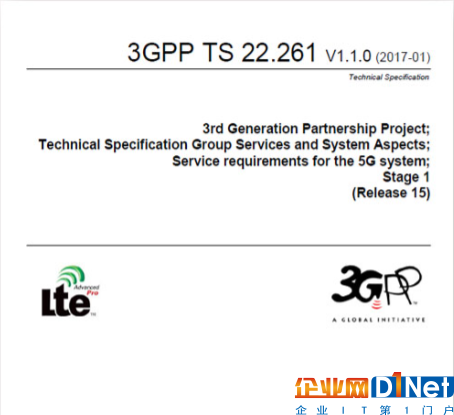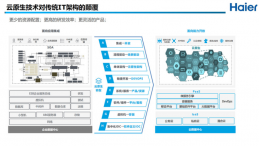近日,3GPP SA WG1召開會議,完成了3GPP首個5G規范標準:《第五代移動通信系統的業務需求》。

該規范包含了5G性能目標和基本功能的要求:
1、5G應支持固定、移動、無線和衛星接入技術;
2、5G應是一個可擴展的、可定制的網絡,可以根據需求為多類服務及垂直市場定制(例如:網絡分層、網絡功能虛擬化);
3、5G應面向從低數據物聯網業務及高比特率多媒體業務提供高的資源利用效率;
4、能源效率和電池的功率優化;
5、5G應為第三方ISP以及ICP開放能力,比如可使得他們管理網片切片,并在移動通信運營商的業務托管環境中部署各種應用;
6、5G應能支持通過中繼UE(用戶終端)把遠端UE連接至5G網絡,并應能保持直接連接和間接連接的連續性。
并且,3GPP首個5G標準《5G業務需求》還定義了不同場景下(如城區宏蜂窩、偏遠地區宏蜂窩、室內熱點)及應用(如遠程控制、監測、智能交通系統、觸覺交互等)的5G網絡性能指標。
附“5G”業務需求全文:
In Jeju South Korea, SA WG1 has completed its first normative specification on “Service requirements for the5G system” (TS22.261), which will now be submitted for approval at the Plenary meeting of the Service and System Aspects Technical Specification Group (TSG SA#75), 8-10 March 2017.
The specification contains requirements on performance targets and basic capabilities - characterized by:
Support for fixed, mobile, wireless and satellite access technologies
A scalable and customizable network that can be tailored to requirements from multiple services and vertical markets (e.g., network slicing, Network Function Virtualization)
Resource efficiency for services ranging from low data IoT services to high bitrate multimedia services
Energy efficiency and battery power optimization
Network capability exposure to allow 3rd party Internet Service Providers and Internet Content Providers to e.g. manage network slices, and deploy applications in the operator’s Service Hosting Environment
Indirect connectivity from a Remote UE via a Relay UE to the network, and service continuity between indirect connections and direct connections.
3GPP TS22.261 defines performance targets for different scenarios (e.g. urban macro, rural macro, indoor hotspot) and applications (e.g. remote control, monitoring, intelligent transport systems, and tactile interaction), for example:
User experienced data rates vary, from 1 Gbps downlink and 500 Mpbs uplink for indoor hotspot environments to 50 Mbps downlink and 25 Mbps uplink for rural macro environments.
Latency targets, an important performance indicator for 5G, are as low as 0,5 ms for tactile interaction.
Capacity targets can be as high as 15 Tbps/km2 with 250 000 users/km2 for indoor hotspots such as office environments.
The service requirements in the specification will now be used as inputs for the 5G normative work in other3GPP working groups.
Release 15 specifications for the first phase of 5G will be ready in June 2018.










































































































 京公網安備 11010502049343號
京公網安備 11010502049343號